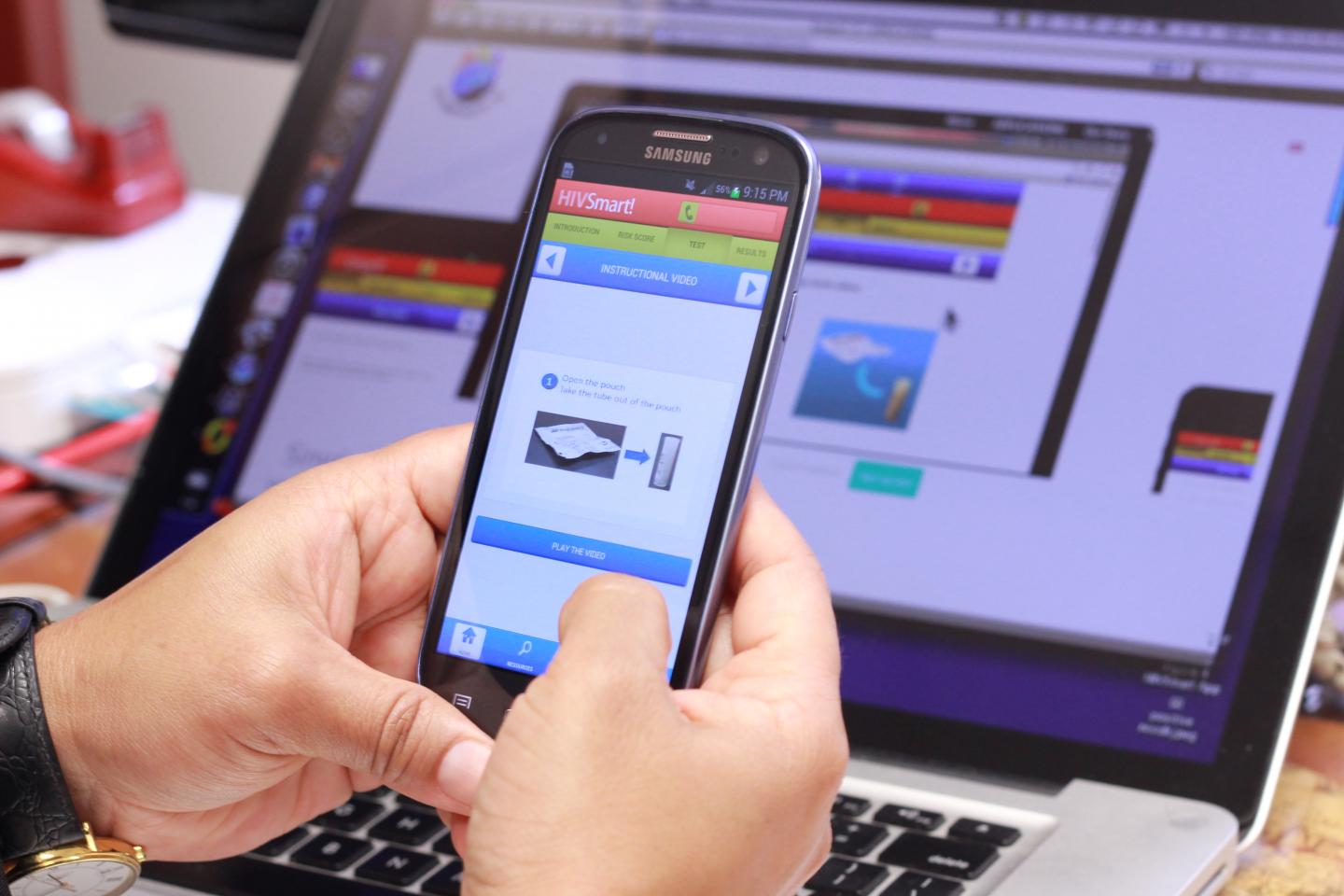
De Novo rule proposal published for review. The FDA has published a new proposal for revisions to the De Novo regulatory pathway for devices without a predicate. The rule, which is currently available for public comment, aims to provide additional structure, clarity and transparency to the process, and outlines how the agency processes and gauges submitted devices.
“Our goal is to make the De Novo pathway significantly more efficient and transparent by clarifying the requirements for submission and our processes for review,” FDA Commissioner Dr. Scott Gottlieb said in a statement. “As a result, we expect to see more developers take advantage of the De Novo pathway for novel devices. In addition, we also believe that more devices will use the De Novo pathway as we take new steps to promote the use of more modern predicates in the 510(k) process.”
…
HIV self-test app connects patients to care. A recent study detailed the successful rollout of an app for HIV self-testing and connection to care among a high-risk population in Montreal. Researchers distributed a tablet with the app and an at-home saliva-based test to 451 men who have sex with men (MSM) presenting at a clinic to be tested for HIV. Among these, 99.3 percent self-tested negative and received counseling, while the 0.7 percent who received a positive self test were lab-confirmed and then linked to a physician within the same day.
“Our study shows that the HIVSmart! App strategy is feasible, accepted and preferred by an educated, urban MSM population in Montreal,” Dr. Nikita Pant Pai, an associate professor of meidicine at McGill University and the study’s lead author, said in a statement. “As a strategy, it suits individuals who prefer to test themselves at their convenience in the comfort of a private space such as their home, office or kiosks. That’s empowering!”
…
Consumer experience with, interest in wearables grows. In a recent poll of 826 US consumers conducted by Valencell, 63 percent of respondents reported owning a wearable device at some point — up from the 42 percent rate reported in a similar poll conducted two years ago. Further, 65 percent of those who purchased a wearable said that they did so to track, manage or prevent health conditions, and 67 percent said that the device had increased their awareness and positively impacted their health.
“Consumers are demanding more from their wearables and hearables than ever. These survey results are indicative of the convergence Valencell has seen happening between the consumer wearables and health and medical device sectors,” Dr. Steven LeBoeuf, president and cofounder of Valencell, said in a statement. “It is clear people want wearables that help them improve their health or medical condition, not just improve their fitness or performance.”
…
OTC recommendations through an EHR. Xealth, a startup that helps doctors to prescribe digital health apps, has launched a tool that will allow doctors to digitally send recommendations for over-the-counter products to their patients. These recommendations can be sent directly from within an EHR, allowing providers to make their suggestions during the course of their normal workflow.
“We created Xealth with the mission to vastly improve physician efficiency and patient experiences,” Mike McSherry, CEO of Xealth, said in a statement. “This product prescribing feature represents the best of that vision. By digitizing clinical workflows, we reduce the friction patients feel when buying recommended products for their care.”
…
Telehealth care is not inferior, but questions remain. Interventions delivered via telehealth appear to be roughly on par to similar care delivered in person, according for a review of 20 meta-analyses recently published in Health Affairs. Still, the researchers said that the technology’s influence on on the delivery of other health services is still in need of investigation.
